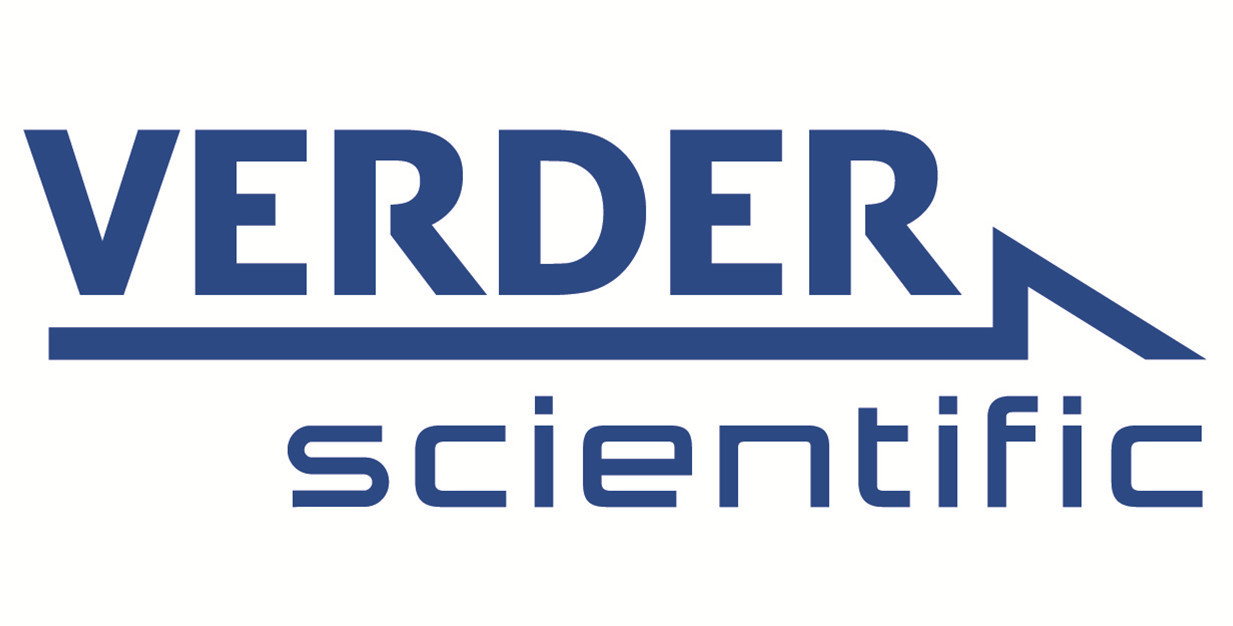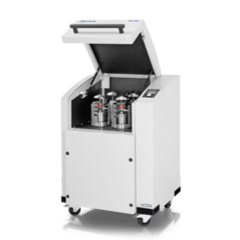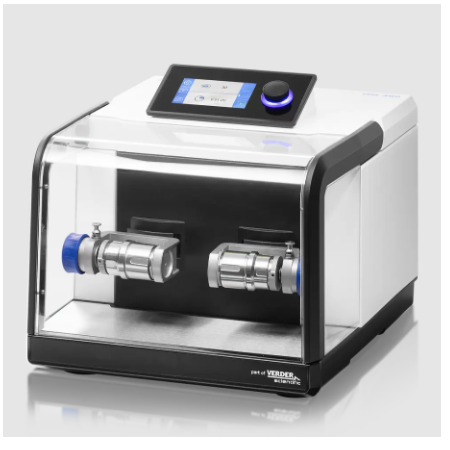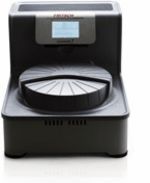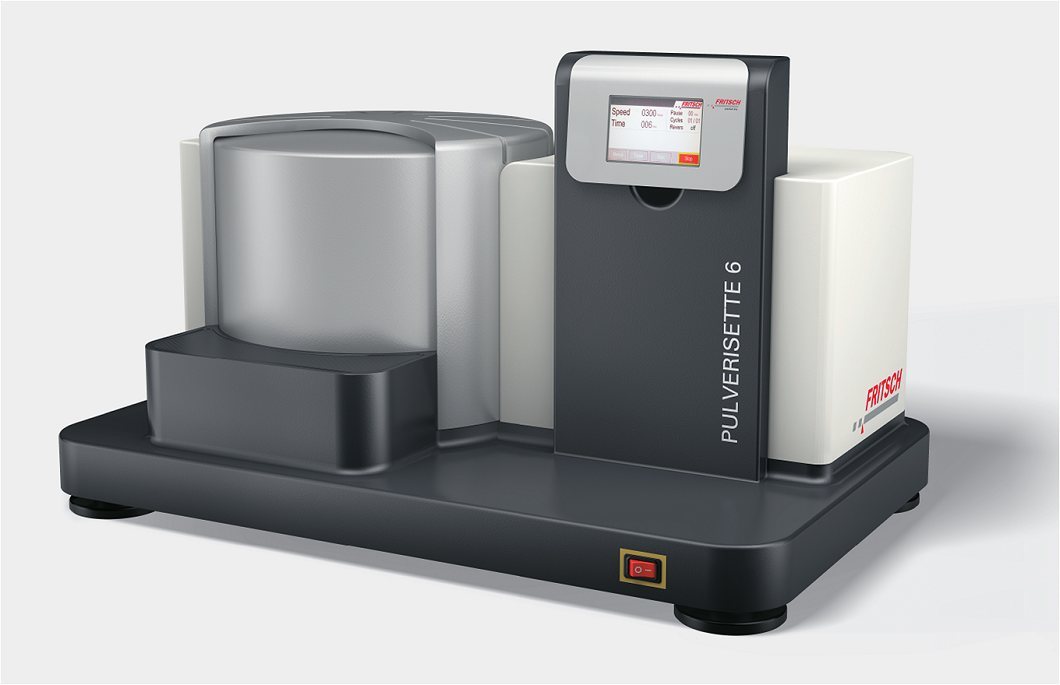方案详情文
智能文字提取功能测试中
Materiaux 2002 通过声波显微镜研究纯金属铁粉和钛粉以及铁-铜合金的纳米晶体机械性能 Determination of mechanical properties of nanocrystallinematerials by means of acoustic microscopy : application ofpure elements (Fe and Ti) and alloys (Fe-Cu) Hong Son Cao", Jean Jacques Hunsinger, Regis Bonnetand Omar Elkedim" ’UMR 5060 du CNRS, Groupe Nanomateriaux, Universite de Technologie de Belfort-Montbeliard (UTBM), site de Sevenans B.P. 449,90010 Belfort cedex, France Tel (direct line) : 33 (0)3 84 58 31 60/ Fax : 33 (0)3 84 5832 86/ E mail:Regis.bonnet@utbm.fr ABSTRACT It has been shown that mechanical milling is a very suitable and versatile method to produce nanocrystalline metals andalloys. Hot consolidation produces nearly fully dense compacts. The mechanical characteristics of the materials have beendetermined with use of high frequency acoustic microscopy. Compared to conventional metals, hardness was enhanced andelastic moduli were similar for the pure elements. For the alloys, it has been established that a classical acoustic formulas canbe used for consolidated nanocrystalline Fe-Cu alloys to calculate their elastic constants KEYWORDS: acoustic method; mechanical properties; nanocrystalline; Fe;Ti; Fe-Cu alloys 众所周知机械研磨的方法是制备纳米晶体粉末合合金的通用方法。材料的机械特性通过高频声波显微镜研究。对于合金来说,事实证明经典的声声公式可用于计算铁-铜纳米晶体的弹性恒量。 1. Introduction Nanostructured materials are distinguished from conventional polycrystalline materials by their extremely finecrystallite sizes. Because of the extremely small dimension of the grains, a large fraction of the atoms in thesematerials is located in the grain boundaries. This confers special attributes to this class of new materials. The elastic modulus of a material is related to the atomic binding forces and characterizes the elastic propertiesof the material under loading. Young modulus can be measured by sound velocity (Korn et al 1988, Kobelev et al,1993, Sanders et al 1999), tensile testing (Korn et al 1988, Nieman et al 1991, Wong et al, 1994, Sakai et al 1999),nanoindentation (Mayo et al 1992, Mayo et al 1990, Fougere et al 1995) in nc-metals and nc-ceramics uponcompacted powders. Compared to conventional metal, the ratio E/E (where E and E represent Young’s modulus of nc-metal andconventional metal respectively) is very variable, usually weak, due to important residual porosity which is oftennot measured. The objective of the present study is to determine mechanical properties and especially elastic modulus fornc-metals (Fe and Ti) and nc-alloys (Fe-Cu). Dense nanomaterials are necessary involving consolidation of smallsamples with high pressure. 2. Experimental procedure 本工作中的金属纳米晶体和合金纳米晶体都通过球磨制备。使用德国莱驰行星式高能球磨仪,400转/分钟,研磨时间24小时,研磨时间足够长确保能够得到纳米晶体。 2.1. Powder processing In this work, nc-metals and nc-alloys were produced by ball milling. Milling was carried out using a planetaryhigh energy machine (Retsch PM400) with a speed of 400 rounds per minute. The duration of the process was 24h. This milling duration was long enough to obtain a nanocrystalline structure. 2.2. Consolidation About 1.5g of powder was compacted at 673 K with 2 GPa pressure during 0.75 hour in a hot uniaxial pressunder an argon atmosphere using a 10 mm internal diameter tungsten carbide die. The compaction procedure hasbeen described in details elsewhere (Elkedim et al 1998).The compaction parameters were chosen to obtain a fulldensity (Elkedim et al 1998, Rawers et al 1996). The final dimensions of the compacted sample was a 10 mm indiameter and about 2.5 mm in thickness. Consolidated sample densities were determinated by immersion analysis.Grain size was determined by X-ray diffraction: line broadening of nanocrystals is usually attributed to refinementof their grain size which is estimated by the Scherrer formula. Vickers hardness was performed under 100 g for15s. 2.3. Theoretical principle ofelastic constants determination Elastic constants were determined from the ultrasonic waves propagation velocity measurements of:Compression or longitudinal waves velocity VShear or transversal waves velocity VrSurface orRayleigh waves velocity VeFrom the material density p, V and Vr the following material characteristics can be deduced: Young’s Modulus: Shear Modulus: Lame constant: Poisson ratio: E=pva3V?-42(1) G=pVr(2) A=pVz-2G(3) G =--1(4)V2-V2 2G Due to the difficulties in measuring V on small compacted samples, we shall measure V by the way ofacoustic microscopy. M,V, V are connected, and by Viktorov et al 1967, an approximate expression of thevelocity Vr versus V and Vr has been proposed: From the knowledge of VL and V, Vr can thus be deduced. 2.4. V and V measurements V determination consisted in a simple time of flight of longitudinal waves measurements. The longitudinalwaves were generated by a 10 MHz focused tranducer, a pulse transmitter-receiver. The simple thickness isknown with a 0.01 mm precision and the time of flight with a 2 ns accuracy. Two types of acoustic methods wereused : The Rayleigh waves velocity has been determined by the analysis of wave interferences of differentpropagation modes generated by a large overture focused transducer mounted on a high frequency (600 MHz)scanning acoustic microscope (fig.1). The lens is coupled with the sample surface through distilled water. If theaperture angle of the acoustic lens includes the critical angle permitting Rayleigh waves generation on the surfacethen the signal received by the transducer will be directly the result of the interference of the beam reflected bythe surface with the one generated by the Rayleigh waves. The two beam paths (A and B) depend on the distance z separating the probefrom the sample. Since the phase of each beam changes with different speed:when z varies, then their interference will be alternately constructive anddestructive. Figure 1. Schematic diagram ofthe acoustic lens system Under these conditions, the received signal will present a pseudo oscillation ofperiod Az, constituting the acoustic signature of the material. The experimentalV(z) curves are superposed by additional oscillations with a smaller periodicitybelonging to the wavelength in the water and other propagation modes (fig.2a).The different modes, characterized by their own propagation velocities, can beextracted from the V(z) curve by a fast Fourier transform (FFT, fig.2b). Figure 2a. Acoustic Signature V(z)curve of consolidated nc-iron consolidated nc-iron V(z)The peak labelledVe corresponds to theRayleigh mode. In the case of nc-metals, it has been found that a nc-material had a hardness less than formulated predictions(Lebrun et al 1992) using Hall-petch law, in agreement with the works of Gertsman et al 1994. We observed thisdeviation on previous works on compacted nc-iron (Rawers et al 1996, He et al 1996). “Inverse Hall petch effect"have been observed for the smallest grain sizes (Fougere et al 1995, Hahn et al 1997). We have verified moreoverthe good ductility of nanocrystalline iron and titanium, in spite of their hardness. In addition, our results are inagreement with the work of Fougere et al 1995 who have measured by nanoindentation E upon porous compactednanocrystalline iron : 200 GPa with a porosity of 2 %. In the case ofnc-alloys, hardness on hot compacted nc-copper agreed with a previous works (Chaussin et al1976, Chokshi et al 1989). Observed hardness enhancement due to hall-Petch effect is more important for metalswith bcc structure such as iron than for metals with fcc structure such as copper (Dorlot et al 2000). Moreover,limited hardness enhancement of nc-copper is explained by a “reverse Hall-Petch effect”for a copper grain sizeless than 50nm (Hahn et al 1997, Chokshi et al1989). The softening is due to the larger fraction of atoms at grainboundaries where a greater number of ‘small’events of atomic planes can occur (Schiotz et al 1998). Simplehardness is related to its average grain size. The hardness of the iron-copper alloy will be the result of thehardness of every of its phases and proportions (He et al 1996). On the other hand, it has been established that classical acoustic formulas can be used for consolidatednanocrystalline Fe-Cu alloys to calculate theit elastic constants. 4. Conclusion Acoustic microscopy has been used as a new approach to determine elastic constants of nanomaterials. Thedetermination of the longitudinal and Rayleigh waves velocities permits to establish the elastic moduli of nc-ironand nc-titanium, which are nearly those of conventional metals. The longitudinal and transverse wave velocities obtained by the time of flight measurements were used todetermine the elastic constants of consolidated nanocrystalline iron-copper alloys. It was observed thatmechanical behaviour is influenced by nanostructure, microstructure, residual solid solution, porosity, metaloxides of specimens. Acknowledgments : The authors thank S. VIVES (CREST) for the X-ray analysis and J. SCHULLER (UTBM) forhis technical support. References Korn D, Morsch A, Birringer R, Arnold W and Gleiter H, J. Phys. (Paris), Colloq. C5, Suppl. 10, 1988;49:769. Kobelev NP, Soifer Ya M, Andriewski RA, Gunther B, Nanostruct. Mater., 1993;2:537. Sanders PG, Eastman JA, Weertman JR, Acta Mater., 1999;47:211.Nieman GW, Weertman JR, Siegel RW., J. Mater. Res., 1991;6:1012. Wong L, Ostrander D, Erb U, Palumbo G, Aust KT, in Shull RD and Sanchez JM (eds), Metallurgical Society of AIME,Proc. Symp.on Nanophases and Nanocrystalline Structures, Warrendals, PA, 1994:85. Sakai S, Tanimoto H, Mizubayashi H, Acta Mater., n°1, 1999 ;47 :211-217. Mayo MJ, Siegel RW, Liao XS, Nix WD, J. Mater. Res., 1992;7:973. Mayo MJ, Siegel RW, Narayanasamy A,Nix WD, J. Mater. Res.,1990;5:1073. Fougere GE,Riester L, Ferber M, Weertman JR, Siegel RW, Materials Science and Engineering, 1995; A204:1-6. Elkedim O, Cao HS, Meunier C, Gaffet E, Materials Science Forum,1998;269-272:843-848. Rawers J, Slavens S, Govier D,Dogan C, Doan R, Metall. and Mater. Trans.; 1996;27A:3126-3134. Viktorov IA, Rayleigh and Lamb waves, Plenum press, 1967. Lebrun P, Gaffet E, Froyen L, Delaey L, Scri. Mater., 1992;26:1743-1748. Gertsman VY, Hoffman JR, Gleiter H, Birringer R., Acta. Mater., 19 ; 42:3539. He L, MA E,Nanostructured Material, n°3, 1996;7:327-339. Fougere GE, Weertman JR, Siegel R-W, Nanostr. Mater., 1995:3:379. Hahn H, Padmanabhan KA, Philo. Mag. B, n°4, 1997;76:559-571. Chaussin C, Hilly G, Eds Dunod, Metal. Tome 1, Paris, 1976 Chokshi A.H., Rosen A., Karch J., Gleitre H., Scri. Mater., 23; 1989:1679 Dorlot J.M., Bailon J.P., Masounave J., de Fouquet J., Des materiaux, Presses Inter. Polytech. Montreal (2000)47. Schiotz J., Ditolla F.D.,Jacobsen K.W., Nature, Vol.391/5,1998.
关闭-
1/4

-
2/4
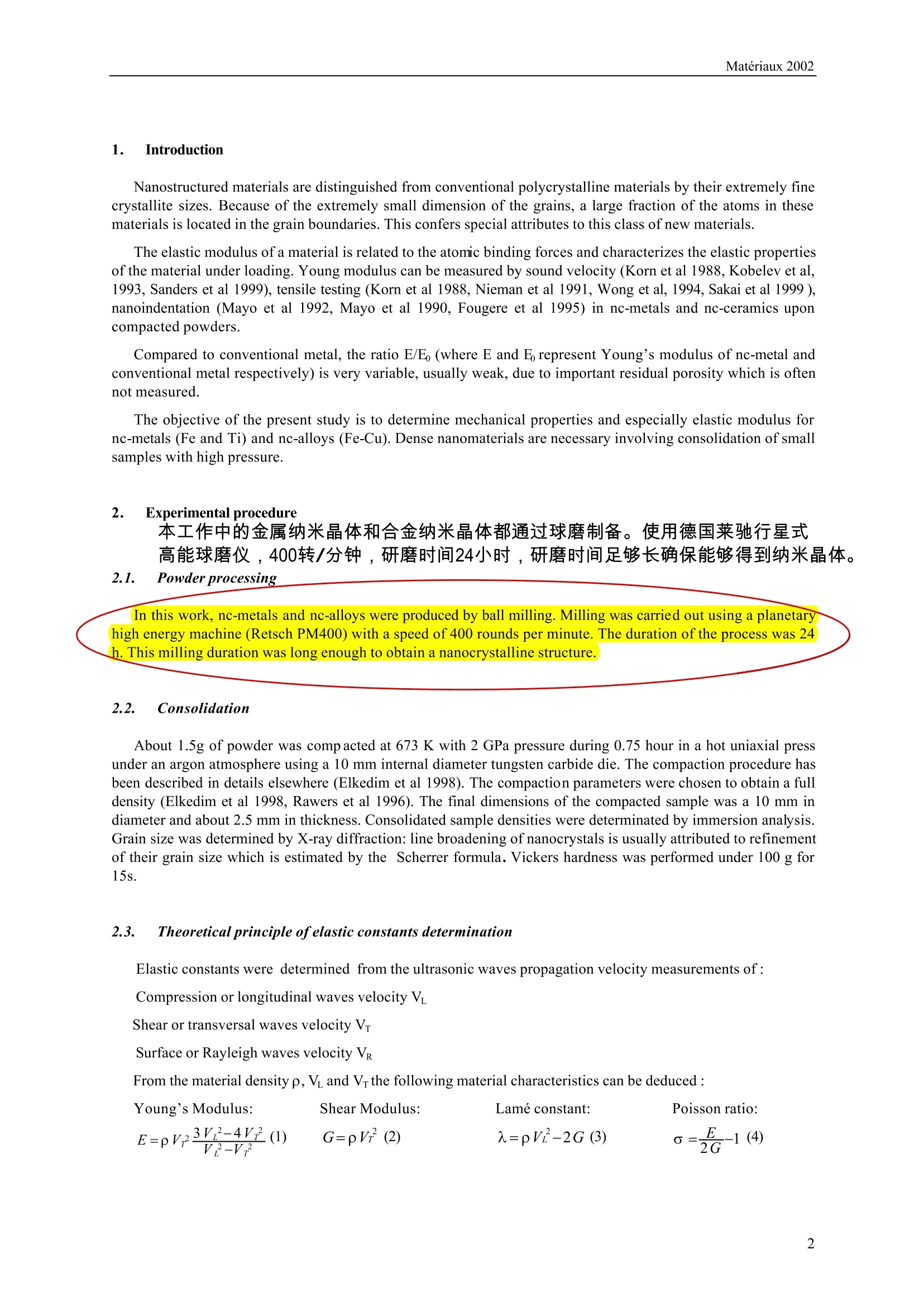
还剩2页未读,是否继续阅读?
继续免费阅读全文产品配置单
弗尔德(上海)仪器设备有限公司为您提供《纯金属钛粉和钛粉以及铁-铜合金中纳米晶体机械性能检测方案(研磨机)》,该方案主要用于钛中理化分析检测,参考标准《暂无》,《纯金属钛粉和钛粉以及铁-铜合金中纳米晶体机械性能检测方案(研磨机)》用到的仪器有德国莱驰行星式球磨仪/机Retsch PM400。
我要纠错
